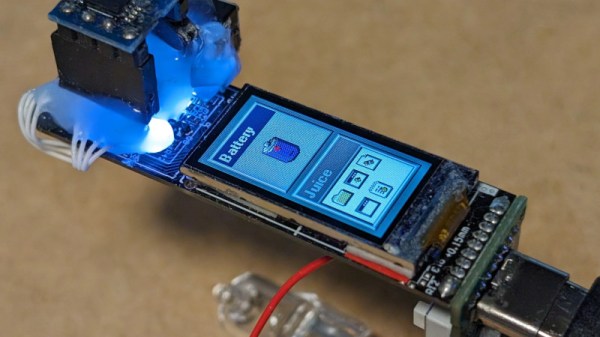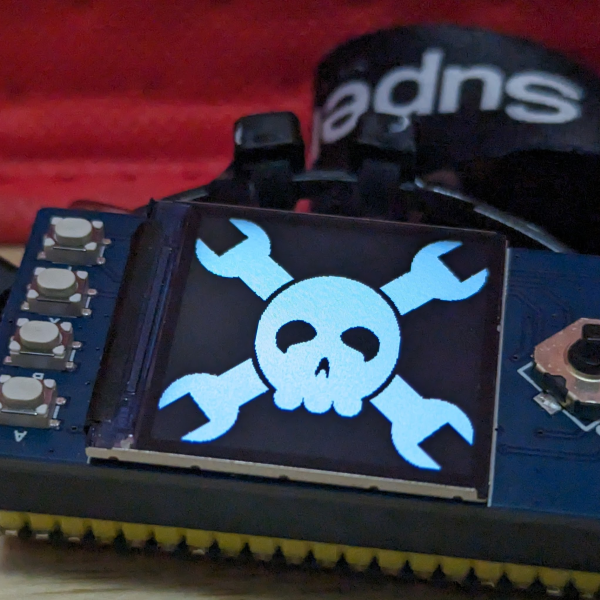In a Universe ruled by the harsh and unyielding laws of Physics, it’s often tempting to dream of mechanisms which defy these rigid restrictions. Although over the past hundred years we have made astounding progress in uncovering ways to work within these restrictions — including splitting and fusing atoms to liberate immense amounts of energy — there are those who dream of making reality a bit more magical. The concept of asymmetrical electrostatic propulsion is a major player here, with the EmDrive the infamous example. More recently [Dr. Charles Buhler] proposed trying it again, as part of his company Exodus Propulsion Technologies.

The problem with such propellantless space propulsion proposals is that they violate the core what we know about the physical rules, such as the conclusion by Newton that for any action there has to be an opposite reaction. If you induce an electrostatic field or whatever in some kind of device, you’d expect any kind of force (‘thrust’) this creates to act in all directions equally, ergo for thrust to exist, it has to push on something in the other direction. Rocket and ion engines (thrusters) solve this by using propellant that create the reaction mass.
The EmDrive was firmly disproven 2021 by [M. Tajmar] and colleagues in their paper titled High-accuracy thrust measurements of the EMDrive and elimination of false-positive effects as published in CEAS Space Journal, which had the researchers isolate the EmDrive from all possible outside influences. Since the reported thrust was on the level of a merest fraction of a Newton, even the impact from lighting in a room and body heat from the researchers can throw off the results, not to mention the heat developed from a microwave emitter as used in the EmDrive.
Meanwhile True Believers flock to the ‘Alt Propulsion Engineering Conference’ (APEC), as no self-respecting conference or scientific paper will accept such wishful claims. In the case of [Buhler], he claims that their new-and-improved EmDrive shows a force of 10 mN in a ‘stacked system’, yet no credible paper on the experiments can be found other than APEC presentations. Until their prototype is tested the way the EmDrive was tested by [M. Tajmar] et al., it seems fair to assume that the rules of physics as we know them today remain firmly intact.


















